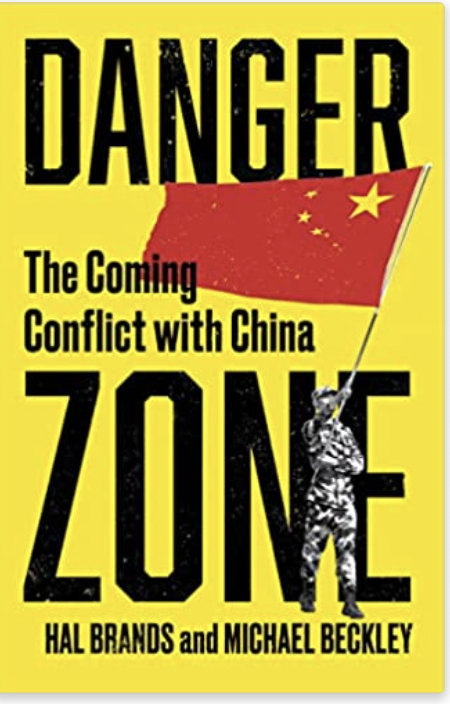
Superpower conflict China on warpath


Two American academics Hal Brands and Michael Beckley forecasts a scenario of superpower conflict with China.
America and China are running a “superpower marathon” that may last a century. Chinas has entered the most perilous period in the life of great power. It has gained the capability to upend the existing international order but is not yet secure or powerful enough to build a new order. Soon its window to act will slam shut- unless it takes drastic action. China is behaving so aggressively in the Taiwan Strait, the South China Sea, and other areas not because it is a confident, rising power, but because it is a peaking power whose economy is slowing while its rivals multiply. America will need a long-term strategy for competing with China.
We move forward to January 18, 2025, and a war is about to start sketching out a blood-curdling sequence of events, The Inauguration of the US president is only days away. Both Democratic and Republican candidates are still claiming victory in the election. The rival supporters clashed in the streets, and with America distracted, China decides to invade Taiwan. US spy satellites detect Chinese military mobilisations, but Washington dismisses them as just another round of saber-rattling.
At 10:01 EST, Chinese forces launch their attack as missiles pounded airfields, government buildings, and military installations all over Taiwan, as well as America’s airbases in Okinawa and Guam. The USS Ronald Regan, the Pentagon’s sole aircraft carrier in the region, is hit by an anti-ship ballistic missile.
Chinese special forces try to kill Taiwan’s top leaders while cyber warriors take down the island’s power grid, to follow an amphibious assault.
China’s territorial assertiveness is a byproduct of its inexorable rise to superpower status. It is China’s vulnerability as a “peaking power that makes it so dangerous.
“Both history and China’s current trajectory suggest that the Sino-American competition will hit its moment of maximum danger during this decade, the 2020s, and the reason for this is China has reached the most treacherous stage in the life cycle of a rising power – a point where it is strong enough to aggressively disrupt the existing order but is losing confidence that time is on its side” were Brands and Beckley.
Neither Germany in 1914 nor Japan in 1941 were self-assured rising powers confident of their own futures. The insecurities of Vladimir Putin – who rails against the “absolutely unacceptable threat” posed to Russia by Nato’s eastward expansion are also evident.
China’s own insecurity stems from its declining economic performance, the misallocation of capital on a massive scale, a vastly overbuilt property sector, spiraling debts, a nosedive in productivity reminiscent of that of the former Soviet Union, a bloated state sector, along with other factors.
Such weaknesses are factors behind China’s slowing GDP growth rate. Chinese companies have made impressive strides in developing many cutting-edge technologies, and the very evidence of rapid technological progress could persuade China to stay in its hand -leaving thoughts of any military adventure to such time in the distant future when its economic might and technological prowess are unassailable.
Danger Zone: The Coming Conflict with China by Hal Brands and Michael Beckley, WW Norton £22, 304 pages.
